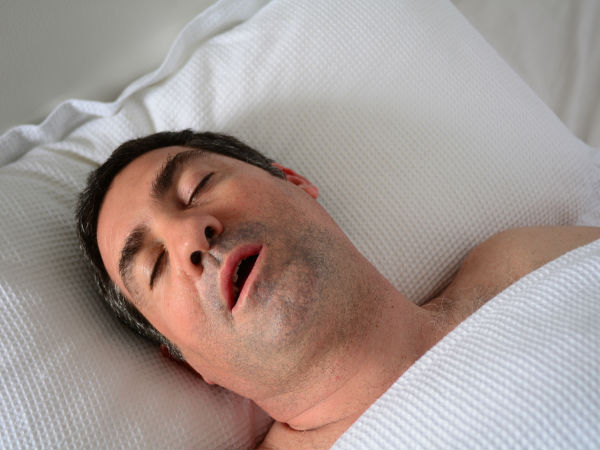6 Things to Know About Sleep Apnea
Some signs are subtle, but diagnosis and treatment options abound
by Julie Shearer, M.D., AARP | AARP.org

Nighttime can be exhausting for the 22 million Americans with sleep apnea, a disorder marked by frequent interruptions in breathing. The condition leaves people not only chronically tired but also at greater risk for diabetes, stroke, heart disease and memory loss.
“Sleep apnea is a nighttime disorder with major daytime health consequences,” says sleep specialist Steven Scharf, a clinical professor at the University of Maryland School of Medicine and director of the Sleep Disorders Center. “Unfortunately, it doesn’t receive the attention it deserves.”
Here are six things you need to know about sleep apnea.
1. Nearly 80 percent of people with sleep apnea don’t even know they have it, according to a 2008 report. It’s easy to blame age when we have trouble falling or staying asleep, but these might be signs of sleep apnea. In fact, the likelihood of developing the disorder is higher for people over 60, and for women the likelihood increases threefold as they transition through menopause.
Some common signs of sleep apnea include loud snoring, daytime sleepiness and observed interruptions in breathing during sleep. Risk factors include high blood pressure, obesity, being older than 50 and neck circumference of 16 inches or greater.
2. Women’s symptoms tend to be less typical. “There’s a misconception that only old, obese men can have sleep apnea. This often causes the diagnosis to be missed in women,” says sleep specialist Rafael Pelayo, a clinical professor at the Stanford Center for Sleep Sciences and Medicine. What’s more, women with sleep apnea are less likely to report daytime sleepiness or snoring to their doctors.
Signs of sleep apnea in women include insomnia, depression, lack of energy, daytime sleepiness, morning headaches, mood disturbances, restless legs, unrefreshing sleep, gasping for breath while waking up, weight gain and hypothyroidism, according to the National Sleep Foundation.
3. Sleep apnea increases the likelihood of serious health problems. Studies show that people with untreated sleep apnea are at higher risk for heart attacks, strokes and possibly even cancer. For those with diabetes, glucose control is more difficult; for those with high blood pressure, medications may become ineffective. To make matters worse, low sex drive, memory loss and depression are also associated with the disorder.
4. The number of people with sleep apnea is rising. Expanding waistlines might be to blame, research suggests. “It’s a big problem,” Pelayo explains. “Not only does sleep apnea cause weight gain, but it also makes losing weight more difficult.”
5. Do-it-yourself test monitors are available. You’ve probably heard about sleep apnea testing. A friend may have told you about his overnight stay in a sleep lab, how he tried to sleep with various devices and wires attached to his body while an attentive technician periodically checked in. If this doesn’t appeal to you, then you should ask your doctor about home sleep apnea testing.
With your doctor’s approval, a home test kit is mailed to your home (or you can pick one up at your doctor’s office). If you can attach a few cables to a monitor, then you can set up your own sleep test. In the morning the results are sent wirelessly to the sleep study center. (In some cases, the sleep data is stored on a smart card, which a specialist can later remove and download.) If your results are inconclusive or your doctor suspects other sleep problems, you might be sent to the overnight sleep lab.
6. Treatment for sleep apnea is effective. Continuous Positive Airway Pressure (CPAP) devices are the usual treatment for sleep apnea. They work by increasing air pressure in the throat. “Treatment has never been better,” Pelayo says. “Masks are more comfortable, quieter. Machines are easier to use.” While you sleep, the “smart” CPAP machine regulates air pressure, and in the morning it greets you with a sleep report.
If CPAP isn’t right for you, other options are available, including oral appliance therapy prescribed by a sleep dentist, surgery to correct airway obstructions, gastric (stomach) bypass or band surgery, and surgical implant of a device that prevents airway obstruction from the tongue.
“The vast majority of patients, once treated, feel better,” Pelayo says. “Even patients in their 90s feel refreshed.”




